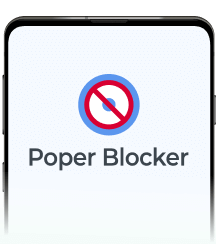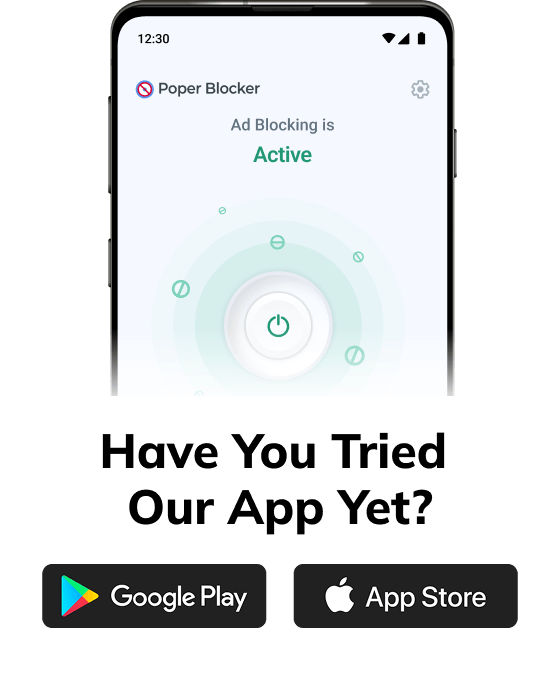Annoying ads are everywhere and these interruptions can spoil your time on the web. This is the reason why a lot of internet users now resort to ad blockers to take control of their browsing. A report from Exploding Topics shows that almost 1 billion people now use ad blockers. But did you know what makes these ad-blocking tools more effective? They’re called filter lists.
With faster load times and fewer visual distractions, ad-blocking filter lists have become a must-have for many. Knowing how these filter lists work helps users make smart choices to improve their online experience. Let’s look into their functionality and block ads list types.
What are ad-blocking filter lists?
Ad-blocking filter lists are sets of rules that were created to spot and remove unwanted ads and tracking scripts on web pages. Unlike general blocking methods, these lists have detailed instructions that target specific types of ads. It can disable different types of pop-ups and block overlays and banners.
Basically, the main job of these lists is to point out which elements or domains should be blocked. This precision helps ad blockers prevent ads from showing up on web pages without messing up the content or other elements.
How do ad blockers use filter lists?
Ad blockers work with filter lists by following a set of rules to spot an ad and block them. These rules often make use of URL patterns to target ad domains. When you visit a website, the ad blocker will check the page elements against its filter lists to decide on what to block.
Some advanced methods include turning off the JavaScript and modifying the DNS entries to prevent the ad servers from sending content. The simplest way, though, is by using a browser extension like Poper Blocker, a pop-up blocker that smoothly integrates these filter lists. Take note that these lists can be pre-written or you can make them so that you will have control over what gets blocked.
Keeping these lists updated is important for ad-blocking efforts to work because. Think of it like getting the latest security patch or version to keep up with new advertising tricks. Basic filter lists are capable of handling common ad formats, while special lists are designed to handle more complex types like social media widgets or cryptocurrency mining scripts.
Common filter lists
For ad-blocking solutions to be effective, they need to use various filter lists. These lists help block different types of ads, and two of the most widely used are EasyList and Acceptable Ads.
EasyList
EasyList is the most popular ad filter list today and is constantly updated by a dedicated community of volunteers. It is often included by default in many ad blockers. It contains effective rules for blocking common ad formats, significantly reducing the number of disruptive ads.
Acceptable Ads
The Acceptable Ads list exempts specific ads that are able to meet specific criteria. Among the requirements, the ads need to be:
- Non-intrusive
- Clearly labeled
- Not overwhelming
This method lets websites earn money without hurting the user experience. You can still disable this list if you prefer stricter ad-blocking.
A cleaner, faster, and more private browsing experience
The bottom line is that ad-blocking filter lists will greatly improve your online browsing experience. When used well, these lists can remove a lot of intrusive content so you can browse faster and enjoy better privacy.
While these lists can reduce disruptions, you should customize them to balance ad blocking and still support your favorite content creators. With a balanced approach, you’re not only improving your browsing, but also encouraging good advertising practices. If you want distraction-free browsing, you’ll find that managing your ad-blocking filter lists helps you achieve this.
FAQ
Can I create my own filter lists?
Yes, you can create custom filter lists. You can set specific rules to block certain elements or domains and tailor them based on your ad-blocking experience so that it meets your personal needs and preferences.
How can I update my filter lists?
The great thing about ad blockers is that most of them have an automatic update feature for filter lists. You can also manually update these lists within the settings of your ad-blocking tool. It’s important that your filter lists are regularly updated so that it uses the latest ad strategies.
Do filter lists affect browsing speed?
Yes, having a filter list can generally improve your browsing speed because it blocks heavy ad scripts that could potentially slow down web pages. However, too many lists might result in performance issues so it’s best to keep a balanced number of lists.
Can I use multiple filter lists at the same time?
Yes, you can use multiple filter lists simultaneously. However, take caution as too many lists may cause websites to break or slow down your browsing experience. For optimal performance, maintain a reasonable selection of lists.
How do I whitelist a website in my adblocker?
For whitelisting a website, access your ad blocker’s settings, look for the whitelist section, and add the URL. This will allow the specific site to display ads.


